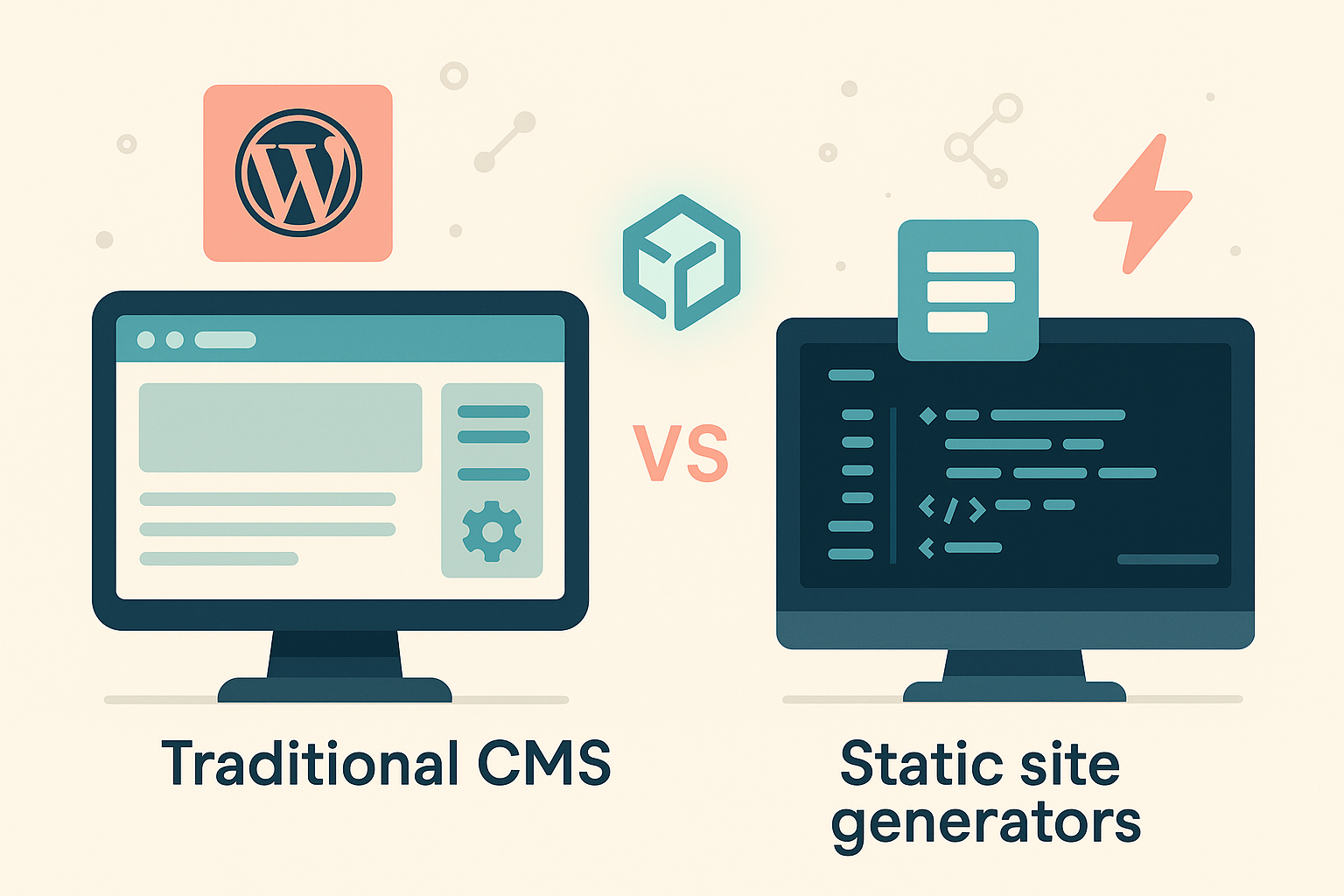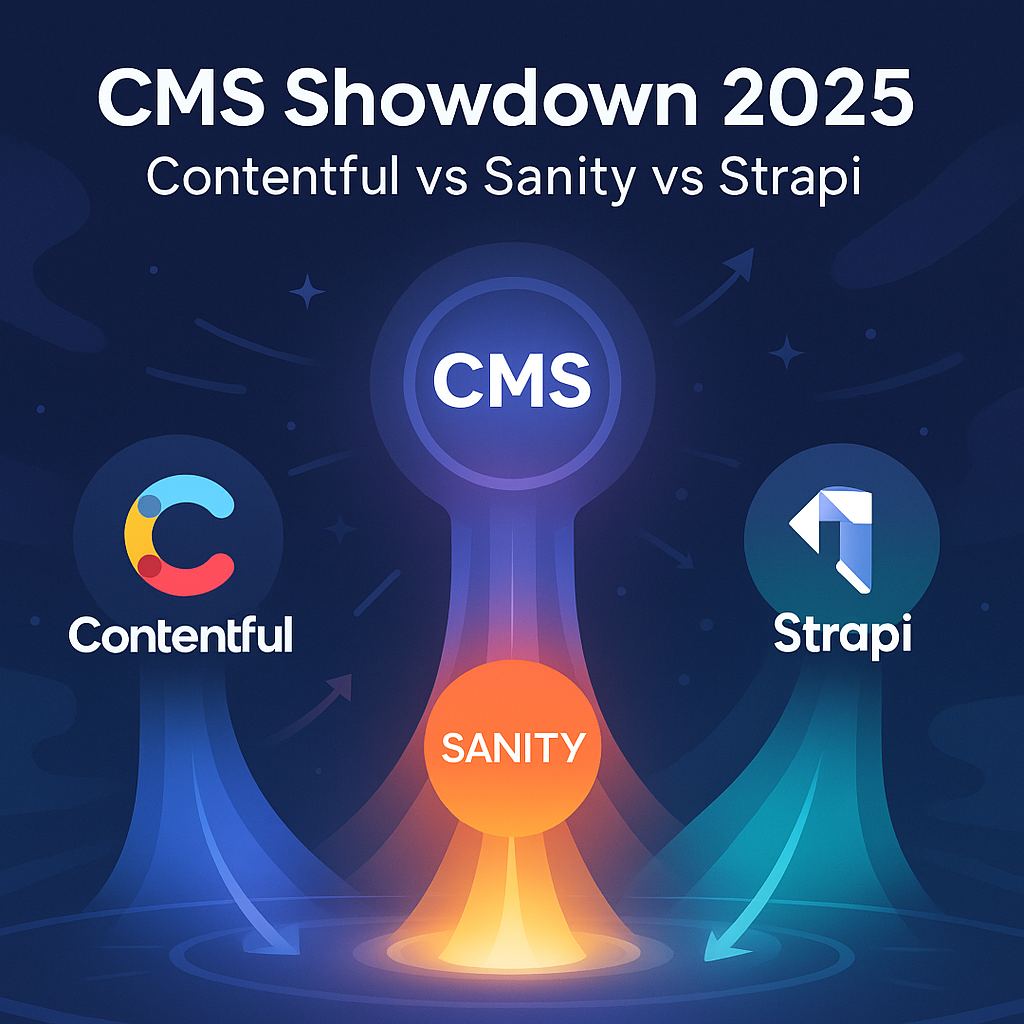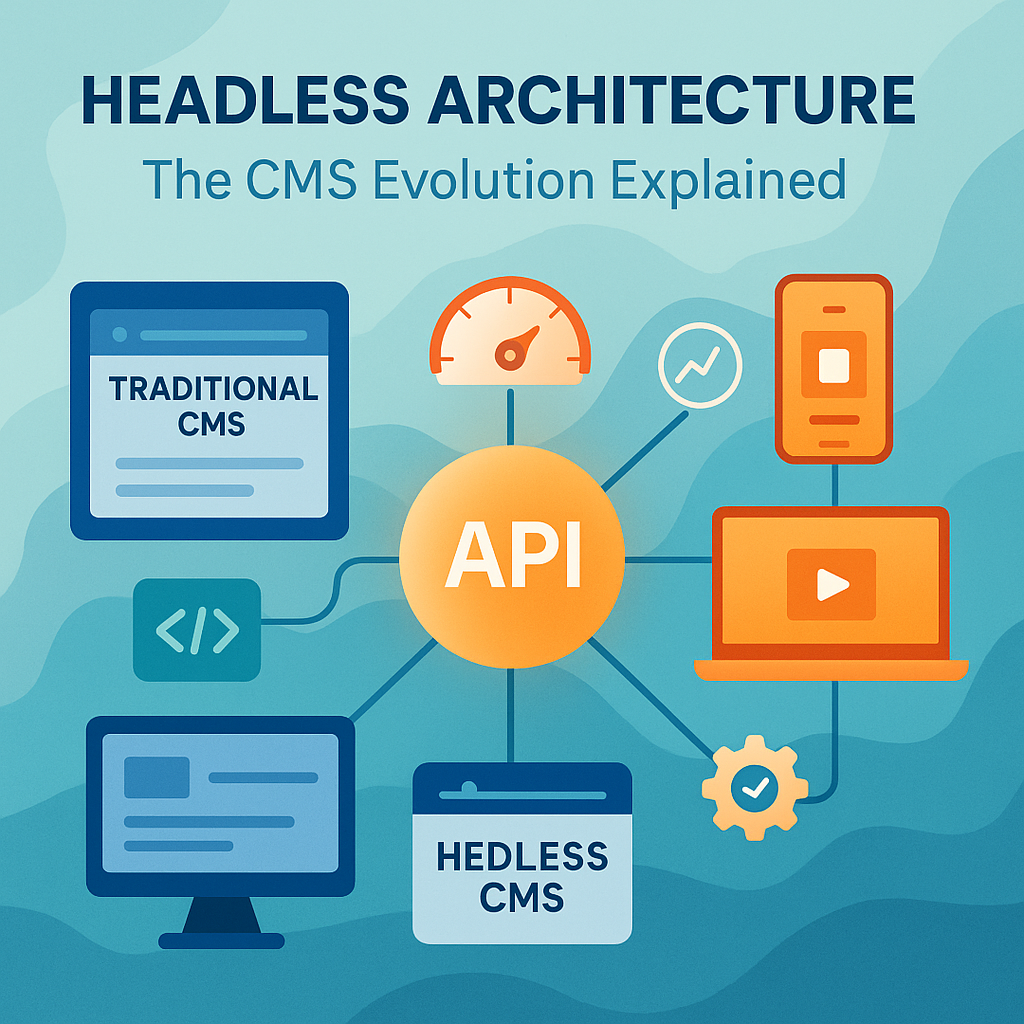If you’re ready to sell online, you’ve probably hit this wall: Shopify or WordPress? Both platforms dominate the internet, but they couldn’t be more different in their approach. One is built for simplicity, offering a streamlined, all-in-one solution to get you selling in minutes. The other is built for control, providing a powerful, open-source framework that you can customize to your heart’s content.
Many business owners rush into Shopify because it’s easy, only to realize later that its customization options are limited and its transaction fees can add up. Others start with WordPress and its popular e-commerce plugin, WooCommerce, but struggle with the complexity of setting up hosting, managing plugins, and ensuring security. The confusion comes from not matching the platform to the business stage and its long-term goals.
In this article, we’ll compare WordPress and Shopify across four key areas that matter to every e-commerce business: setup and ease of use, customization and flexibility, SEO and marketing, and long-term scalability and cost. By the end, you’ll have a clear understanding of when a simple commerce platform is the right choice, and when a powerful content management system (CMS) is the smarter investment for your business.
Setup & Ease of Use: Shopify Wins for Speed
There is no question that Shopify is the undisputed champion when it comes to getting an online store up and running as quickly and easily as possible. Shopify is an all-in-one, hosted solution, which means that your hosting, security, and maintenance are all handled for you. You don’t need to worry about finding a hosting provider, installing software, or managing updates. You can sign up for a Shopify account and have a fully functional store live in a matter of hours. This “plug-and-play” approach is a major reason why Shopify now powers over 28% of all online stores in the United States. [2]
WordPress, on the other hand, requires a more hands-on approach. You will need to choose a hosting provider, install the WordPress software, and then install and configure the WooCommerce plugin. While this process has become much easier in recent years, it still requires a moderate level of technical comfort and can take a day or two to get everything set up correctly.
Feature | Shopify | WordPress (WooCommerce) |
Hosting | Included | Self-hosted |
Setup Time | 1–2 hours | 1–2 days |
Maintenance | Automatic | Manual |
Transaction Fees | 2–3% unless using Shopify Payments | Varies by gateway |
Customization & Flexibility: WordPress Wins for Control
While Shopify wins on speed, WordPress and WooCommerce win on control. Because WordPress is open-source software, you have complete and total control over every aspect of your online store. You can choose from tens of thousands of themes and plugins to create a truly unique and customized shopping experience. You can also hire a developer to create a custom theme or plugin to meet your exact business needs. This level of flexibility is simply not possible with Shopify.
Shopify’s themes, while professionally designed, are limited in their customization options. If you want to make significant changes to the design or functionality of your store, you will need to hire a Shopify expert who can work with their proprietary Liquid templating language. And even then, you will be limited by the constraints of the Shopify platform. A real-world example of this is a Detroit boutique that migrated from Shopify to WordPress to enable subscription billing, multilingual support, and a more robust content marketing and SEO integration. The move not only gave them the flexibility they needed but also cut their monthly costs by 40%.
Think of it this way: Shopify is like renting a storefront in a high-end mall, while WordPress is like building your own custom retail space from the ground up. The mall is convenient and comes with built-in security and maintenance, but you are limited by the landlord’s rules. When you build your own space, you have the freedom to create a truly unique brand experience.
SEO & Marketing: The WordPress Advantage
For businesses that rely on organic traffic from search engines, this is a critical consideration. While Shopify offers solid SEO foundations, it remains restrictive for advanced optimization. According to a 2025 analysis from Moz, “Shopify’s rigid URL structure and limited control over technical SEO elements can be a significant disadvantage for businesses in competitive markets.” [3]
With WordPress, you have full control over your site’s SEO structure. You can customize your URL structure, implement advanced schema markup, and optimize your site’s performance to meet Google’s Core Web Vitals standards. You also have access to powerful SEO plugins like Yoast and Rank Math, which provide a level of control that is simply not possible with Shopify’s built-in SEO tools. For businesses that see SEO as a primary growth channel, WordPress is the clear winner.
SEO Factor | WordPress | Shopify |
Metadata & Schema | ✅ Full Control | ⚠ Partial |
Blog Customization | ✅ Advanced | ⚠ Limited |
URL Structure | ✅ Editable | ❌ Fixed subfolder structure |
Page Speed Optimization | ✅ Full access | ⚠ Platform-dependent |
Cost & Scalability: The Long-Term View
At first glance, Shopify’s pricing seems straightforward and predictable. They offer a range of monthly plans, from $29 to $299, plus a transaction fee on every sale. However, as your business grows, these transaction fees can add up, and you may find yourself paying for expensive apps to add the functionality you need. With WordPress, the costs are more variable. You will need to pay for hosting, and you may choose to purchase premium plugins or themes. However, you are not locked into a specific payment gateway, and you have the freedom to choose the most cost-effective solution for your business. Over the long term, WordPress is often the more scalable and cost-effective solution for growing businesses.
Cost Factor | Shopify | WordPress (WooCommerce) |
Monthly Fee | $29–$299 | Hosting $10–$25 |
Transaction Fees | 2–3% | Varies |
Ownership | Shopify controls backend | You own everything |
Scalability | Moderate (apps required) | Unlimited |
The Right Platform for Your Business
So, which platform is right for you? The answer depends on your business model, your technical comfort level, and your long-term goals. Shopify helps you sell faster, with less friction and less technical overhead. It is an excellent choice for businesses that are just starting out or for those who prioritize simplicity and convenience above all else.
WordPress, on the other hand, helps you grow smarter. It offers unparalleled freedom, control, and scalability. It is the ideal platform for businesses that are serious about content marketing, SEO, and building a truly unique brand experience. The best platform isn’t the easiest—it’s the one that is most aligned with your business model and your long-term vision for growth.
References
[1] BuiltWith — Ecommerce Platform Market Share 2025: https://trends.builtwith.com/shop
[2] Statista — Shopify Market Share Data 2025: https://www.statista.com/
[3] Moz — Shopify vs WordPress SEO Analysis 2025: https://moz.com/


